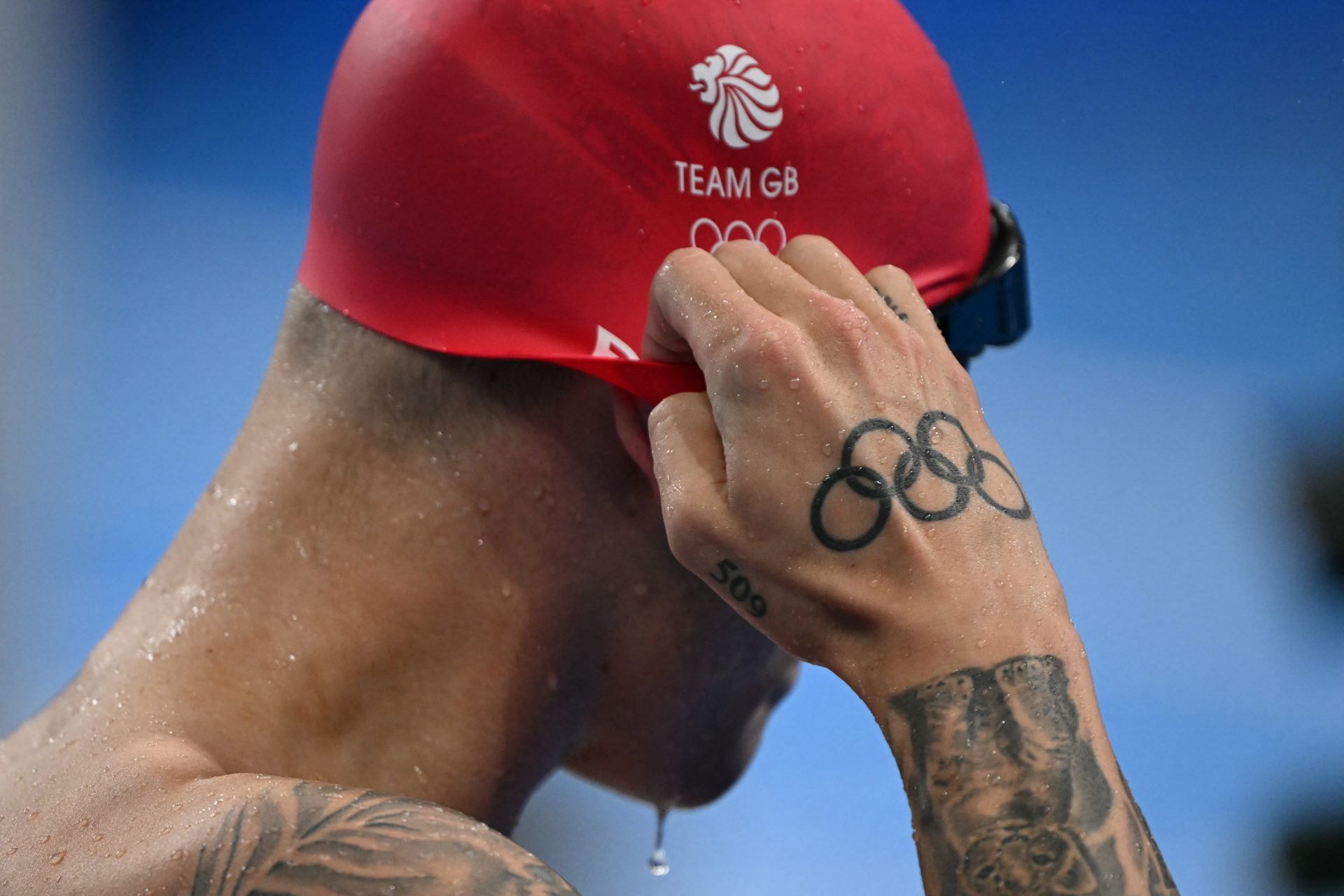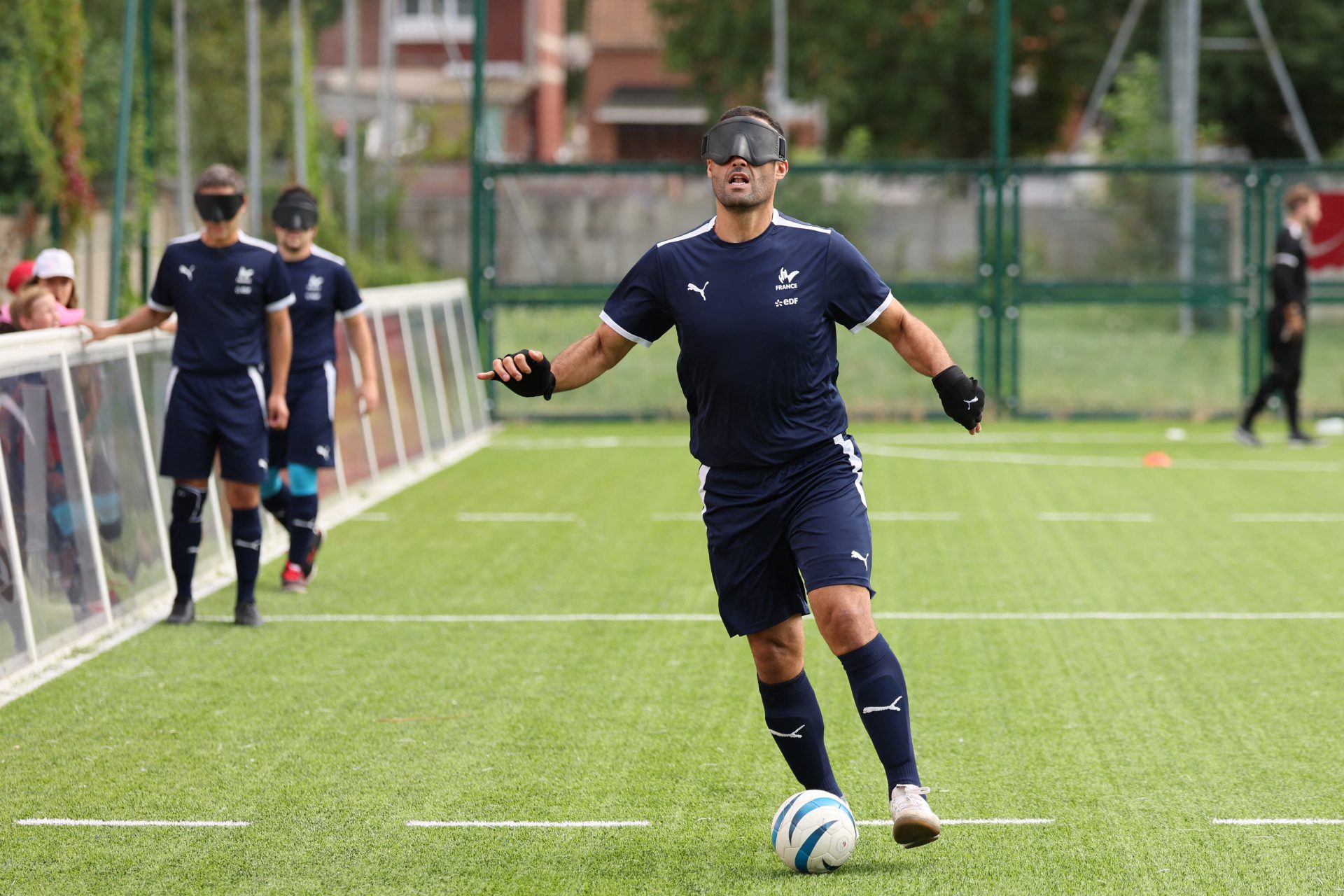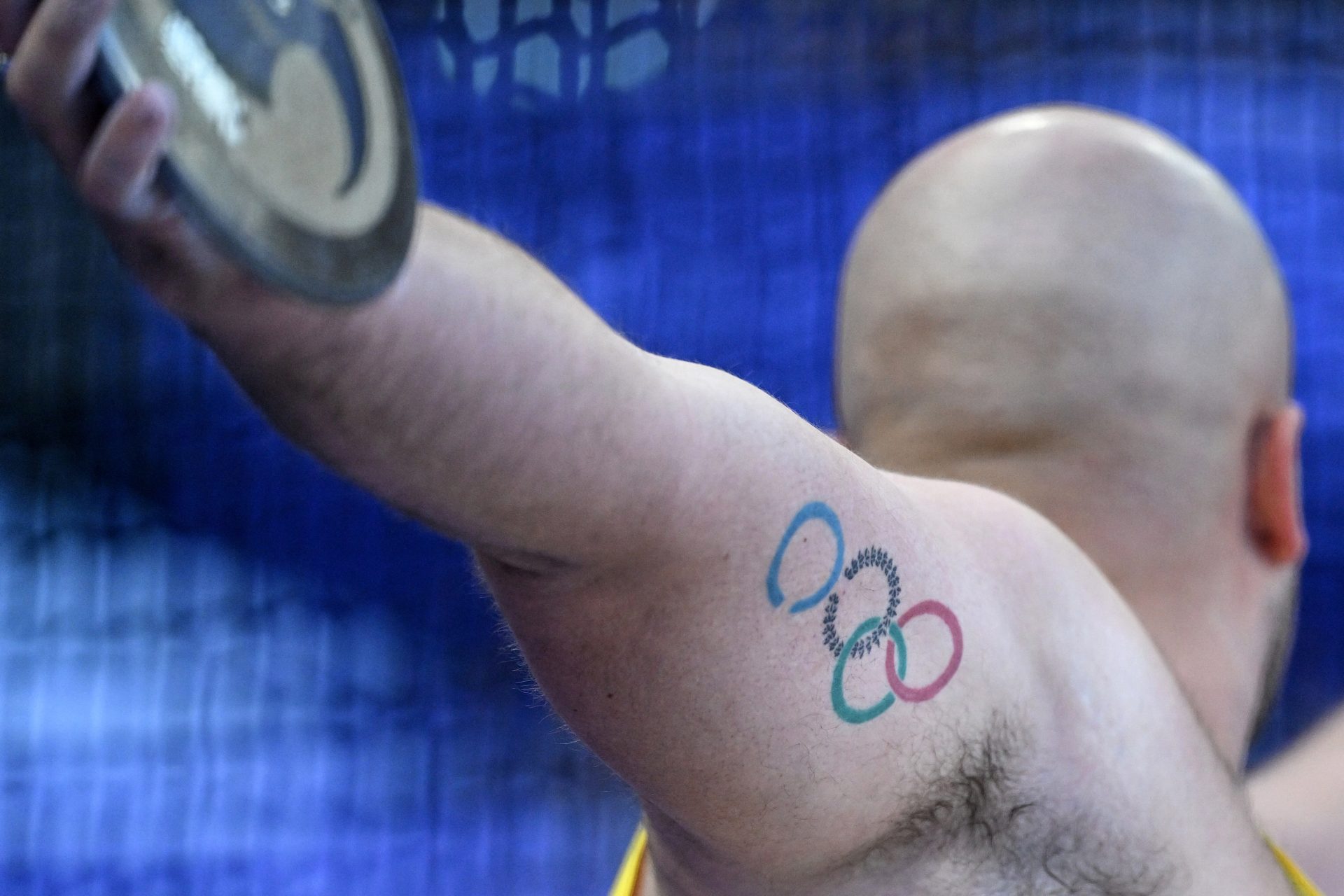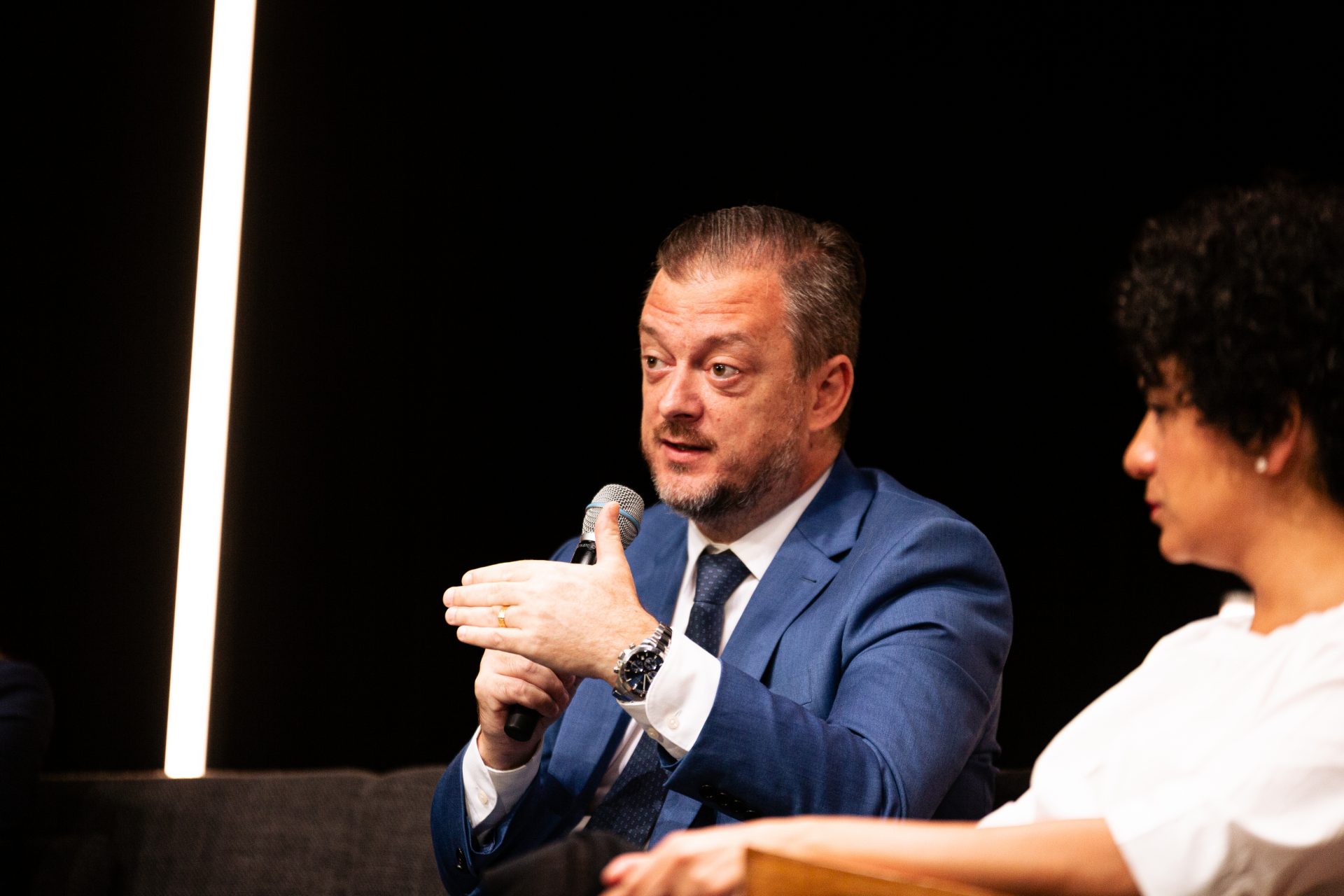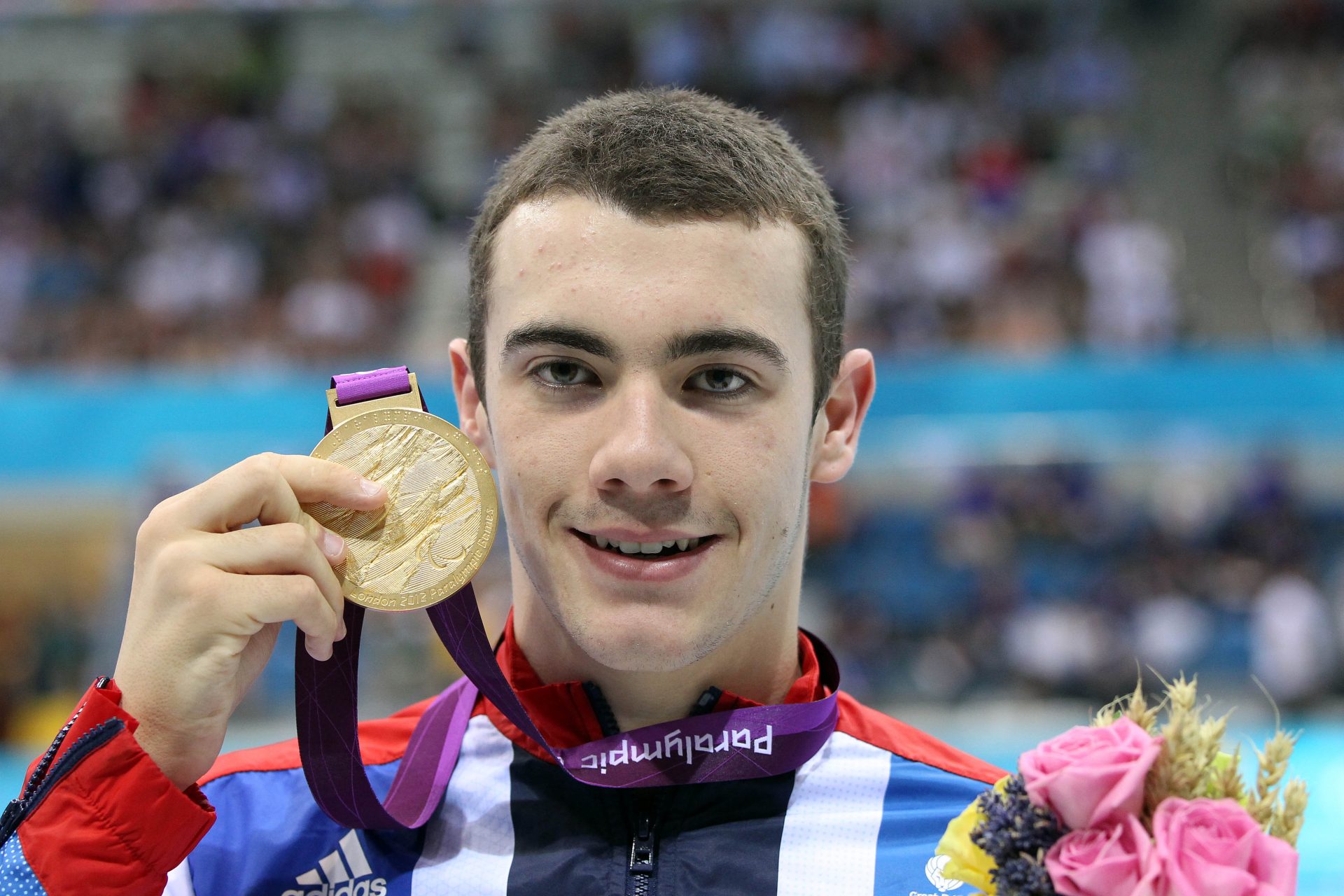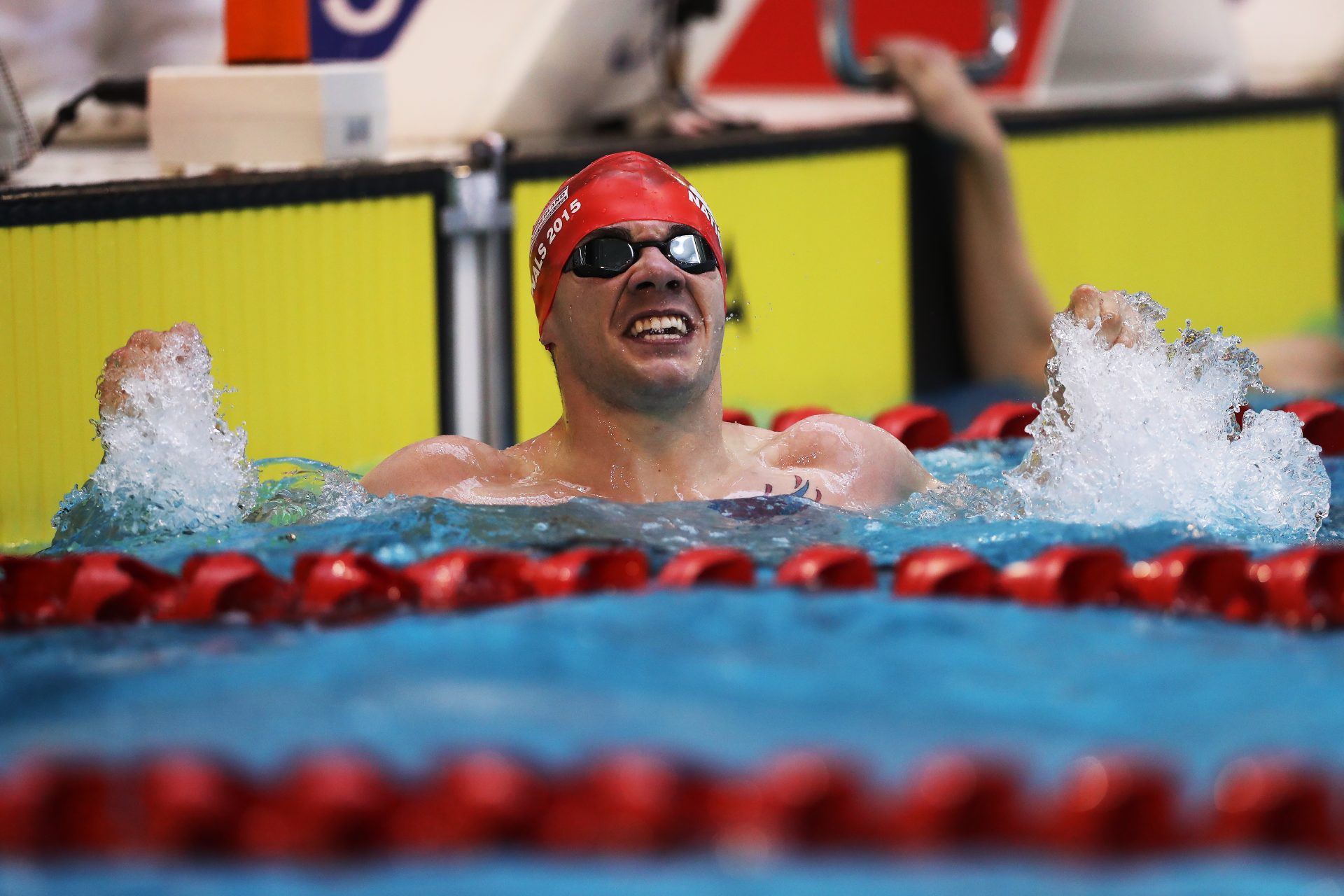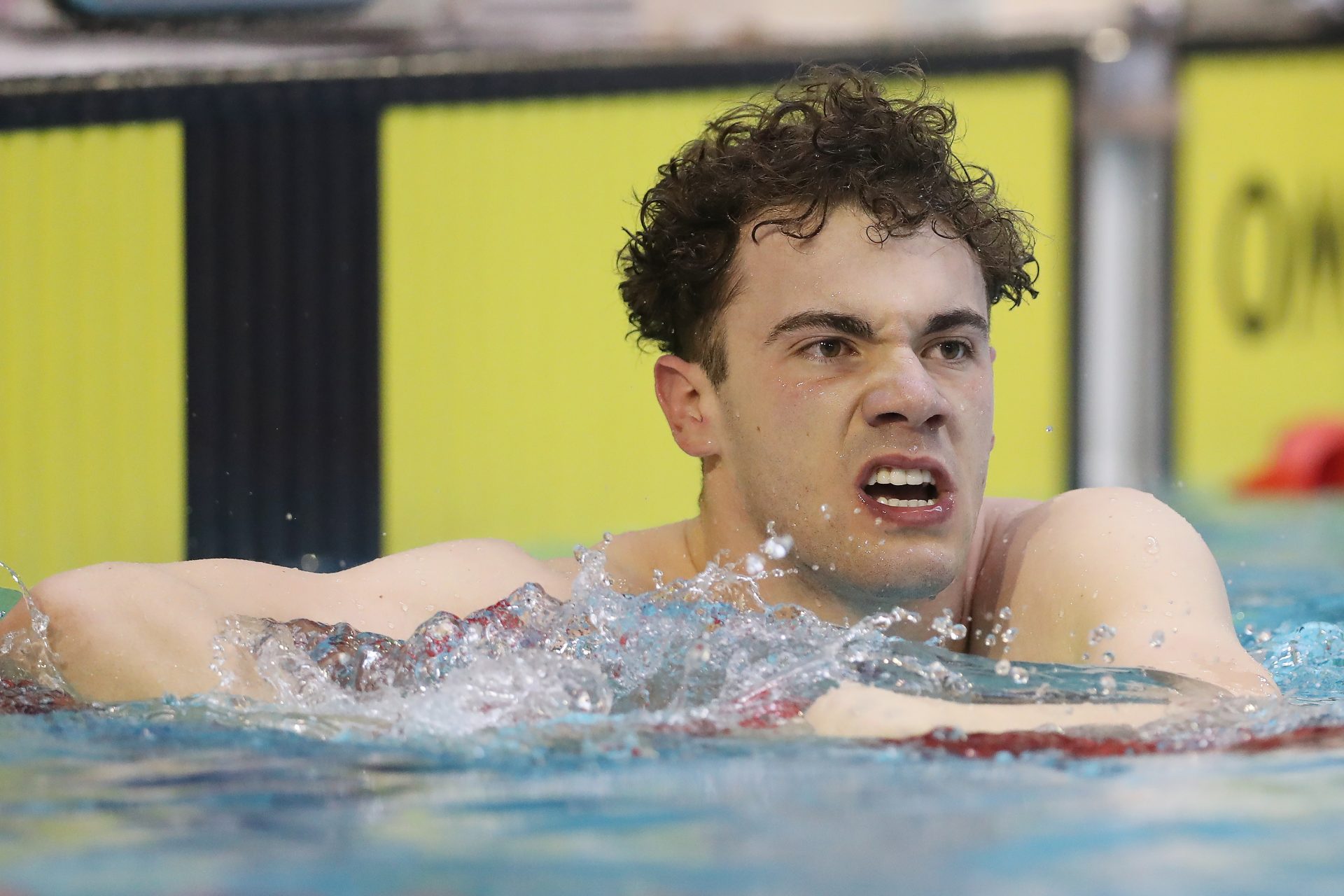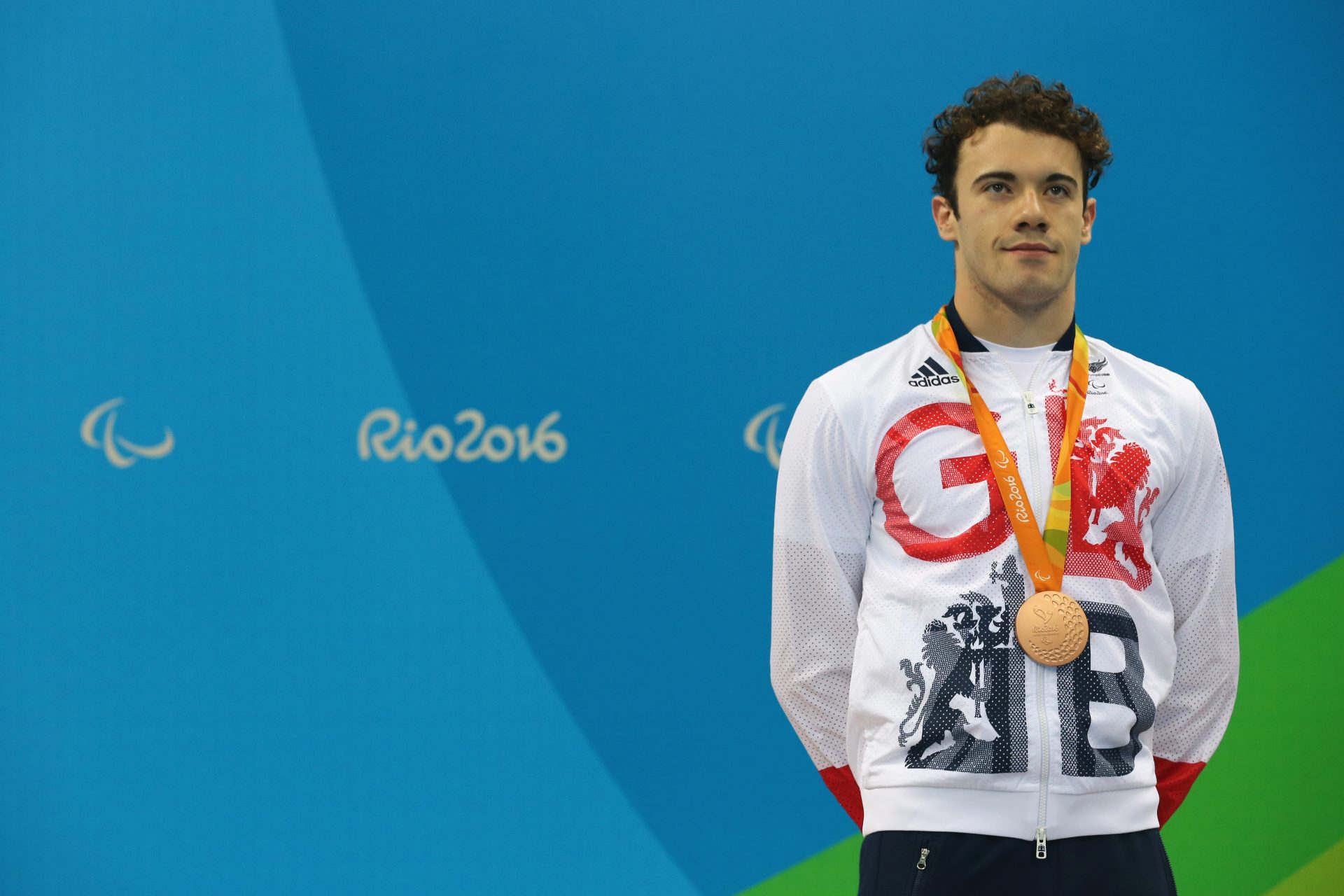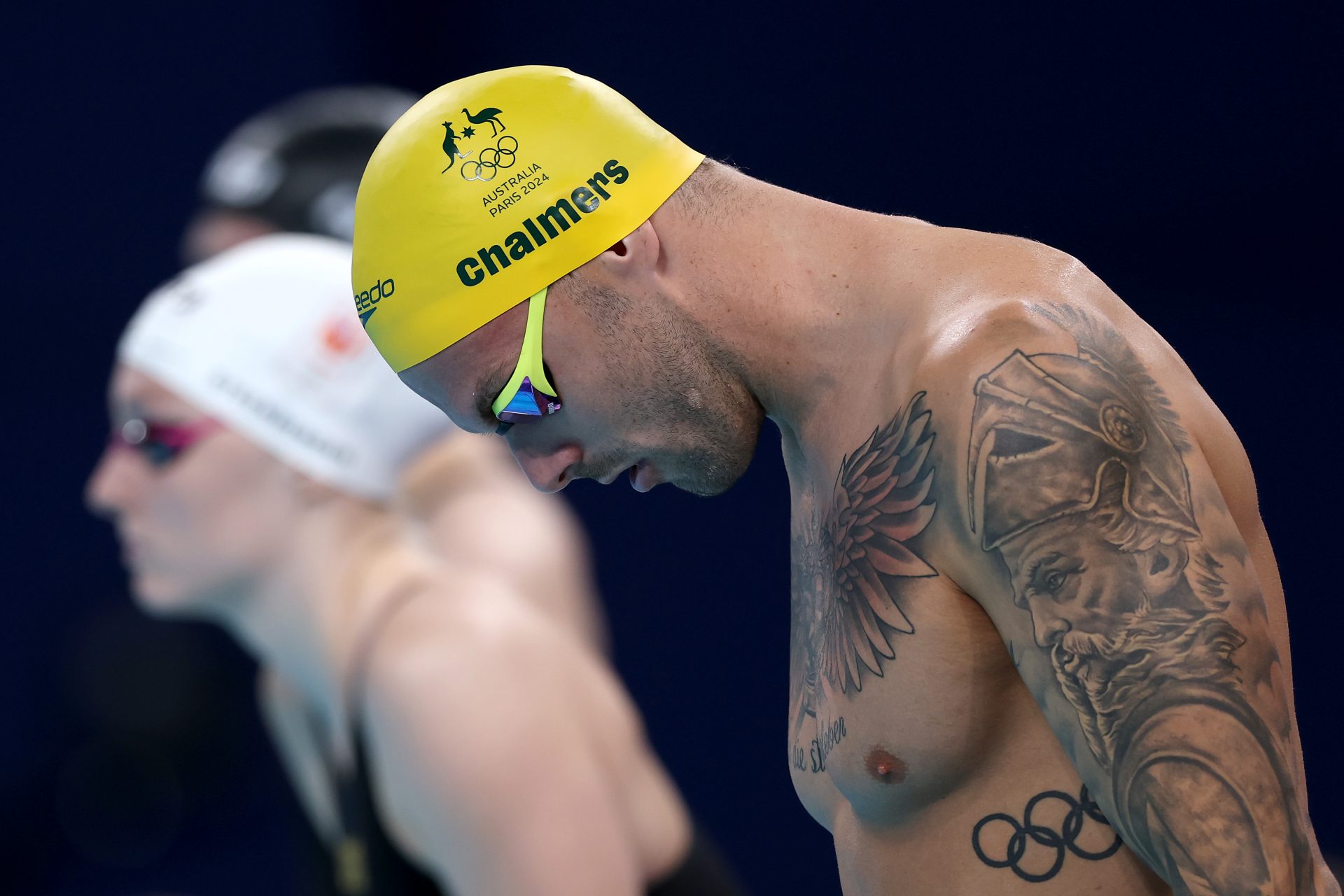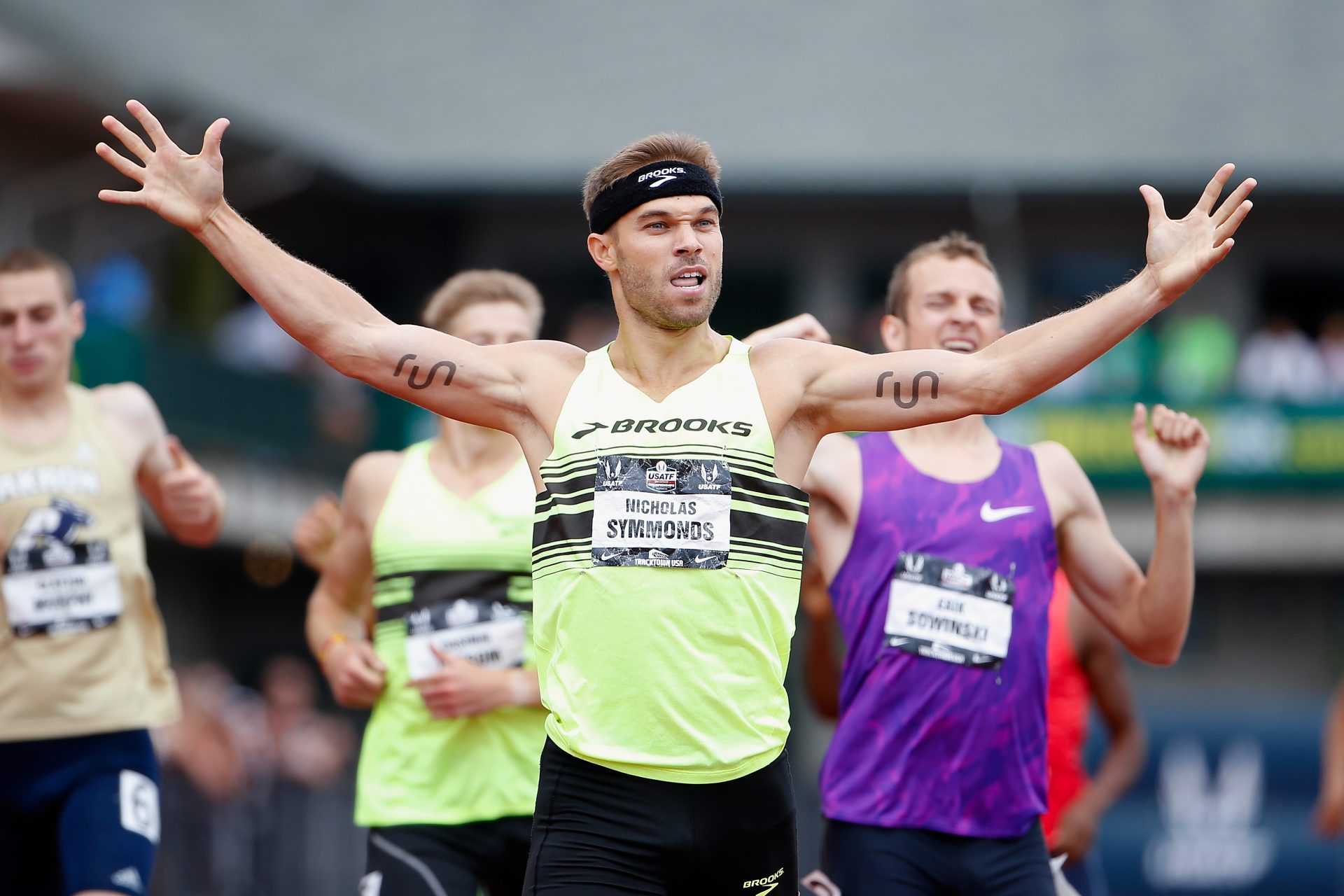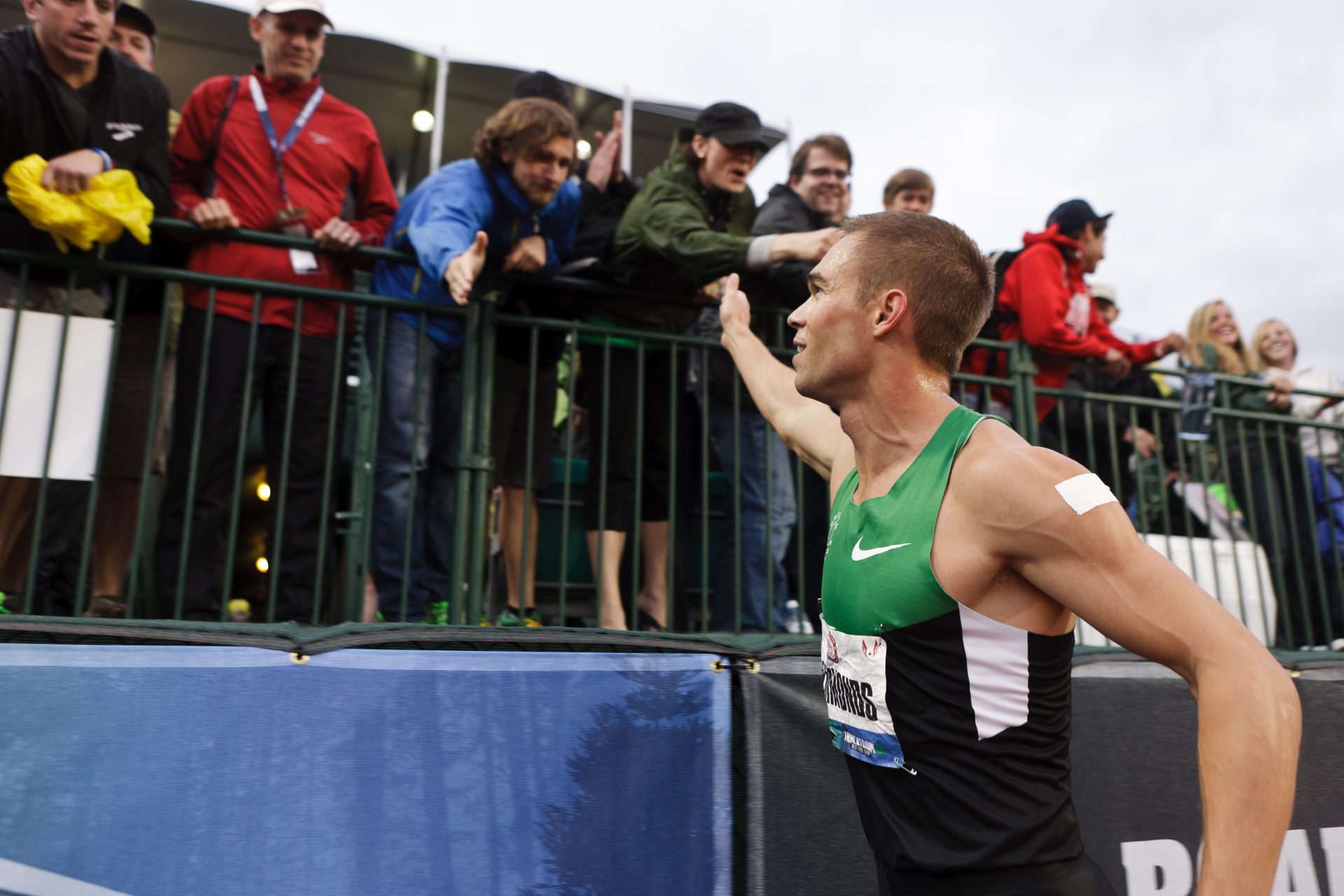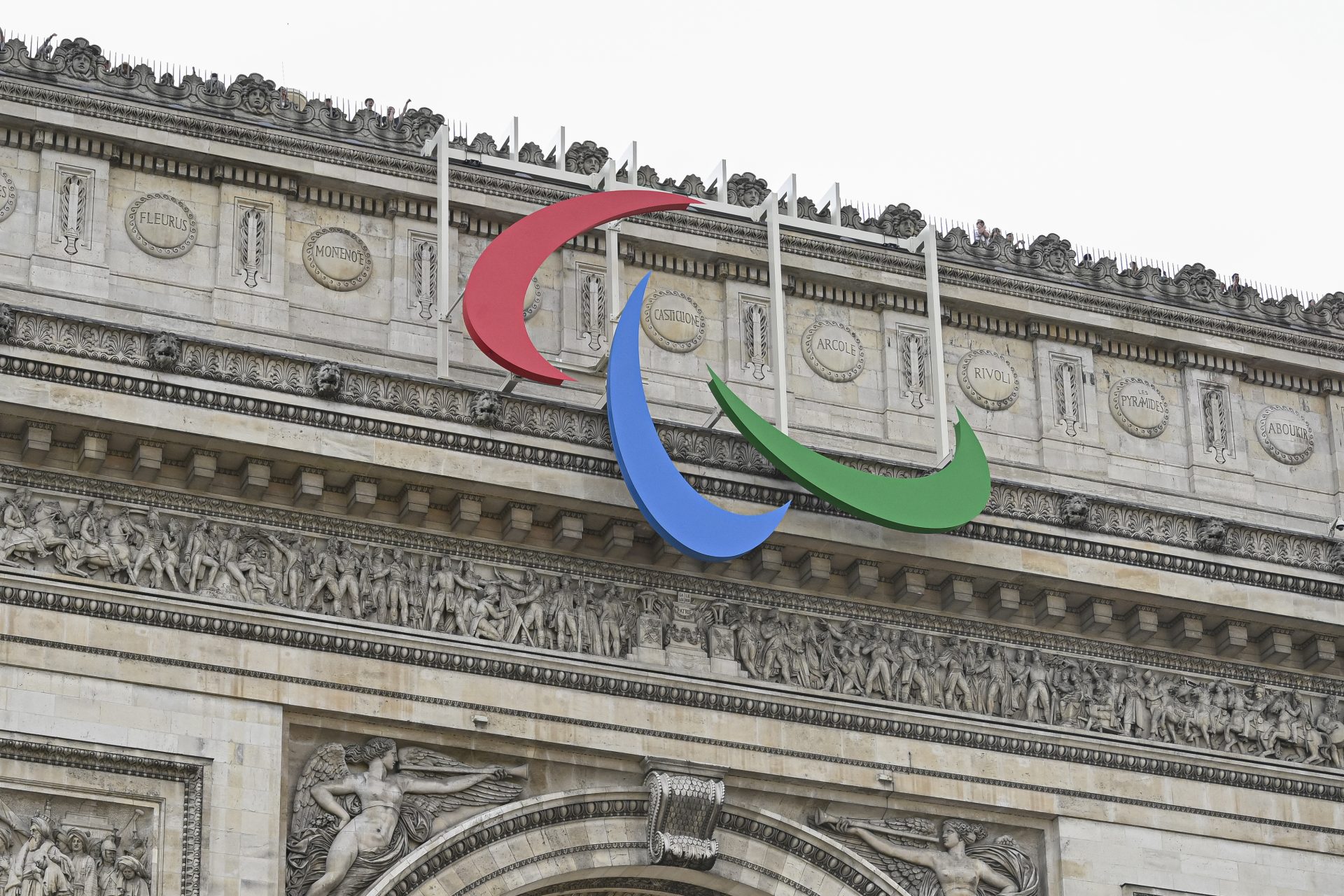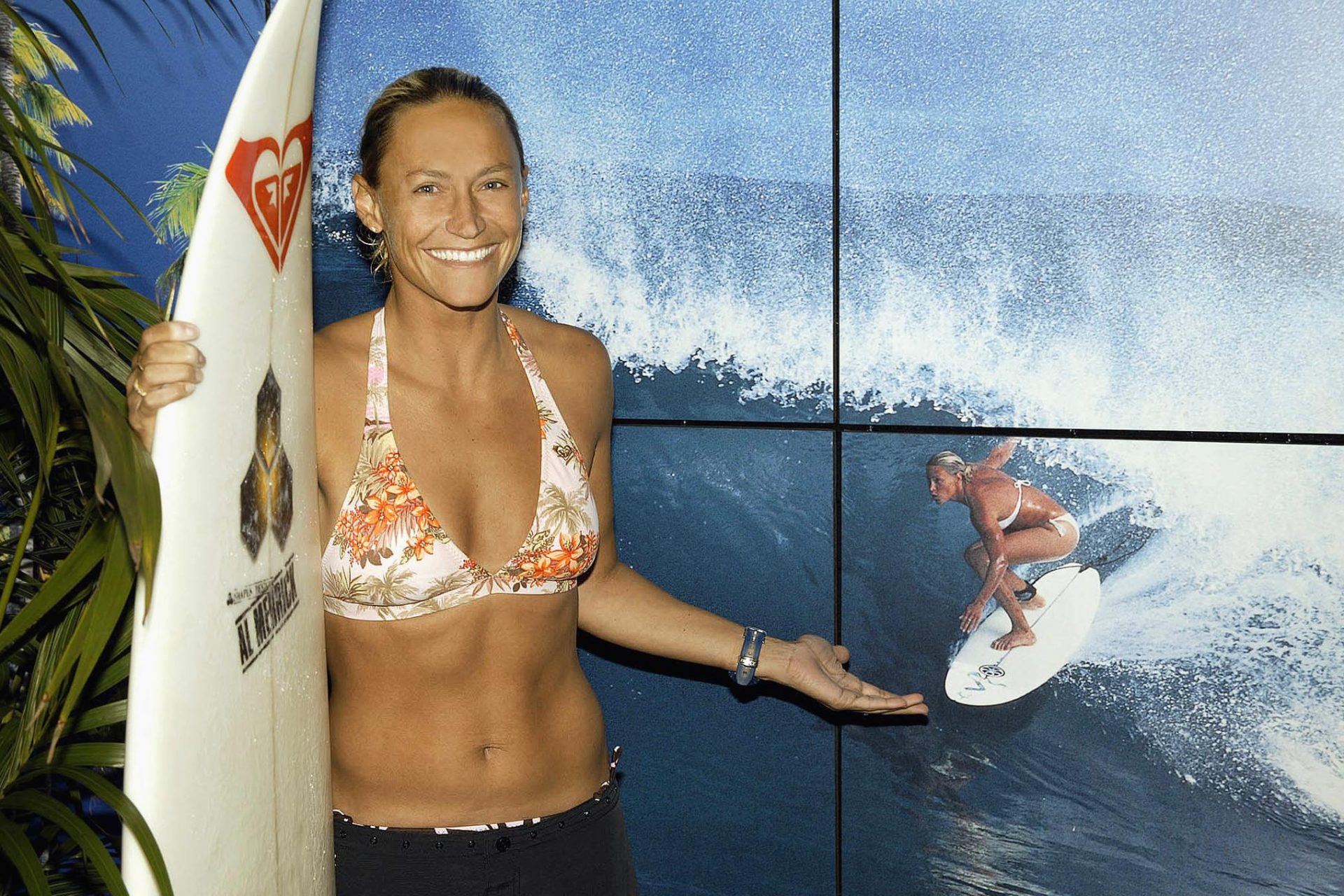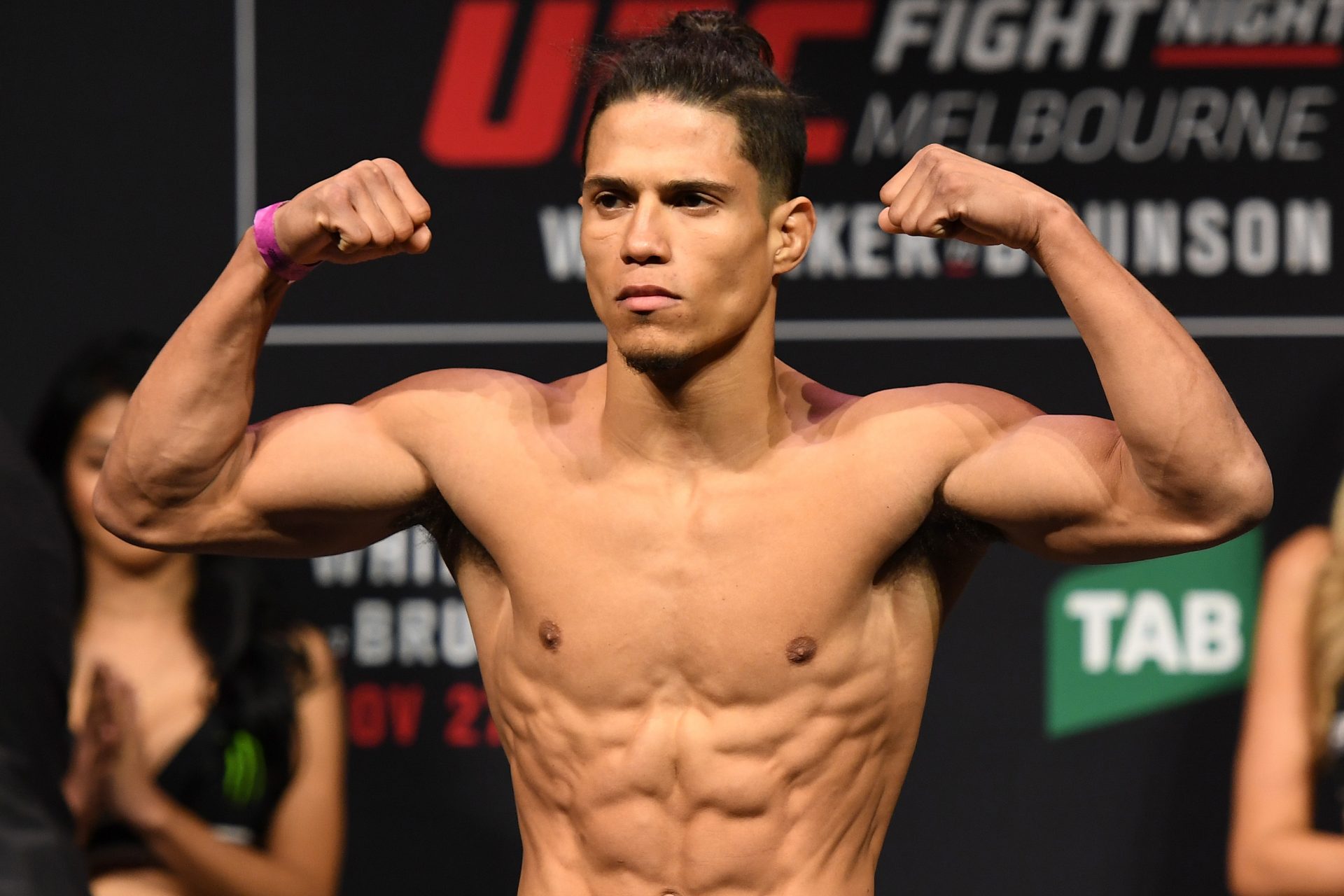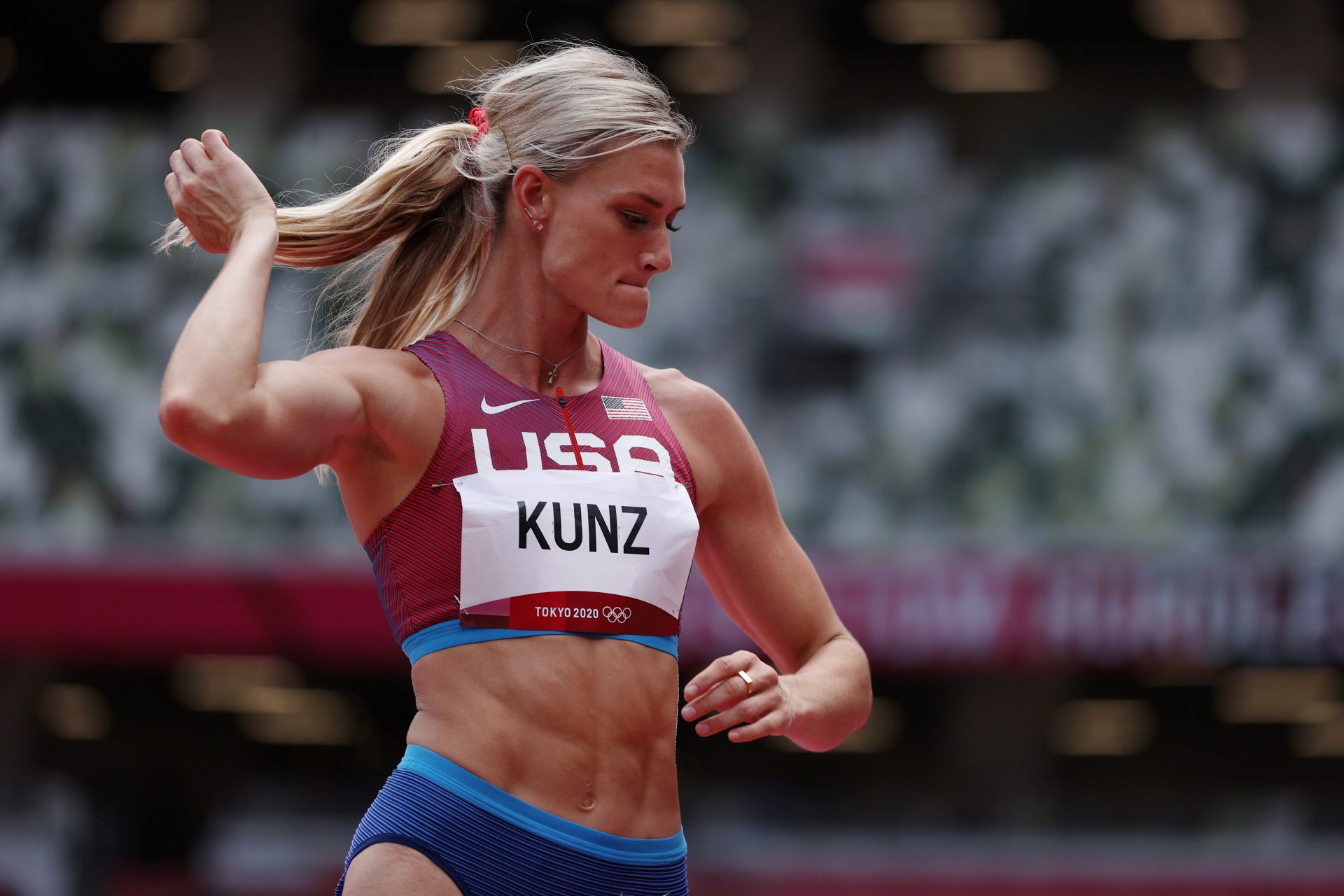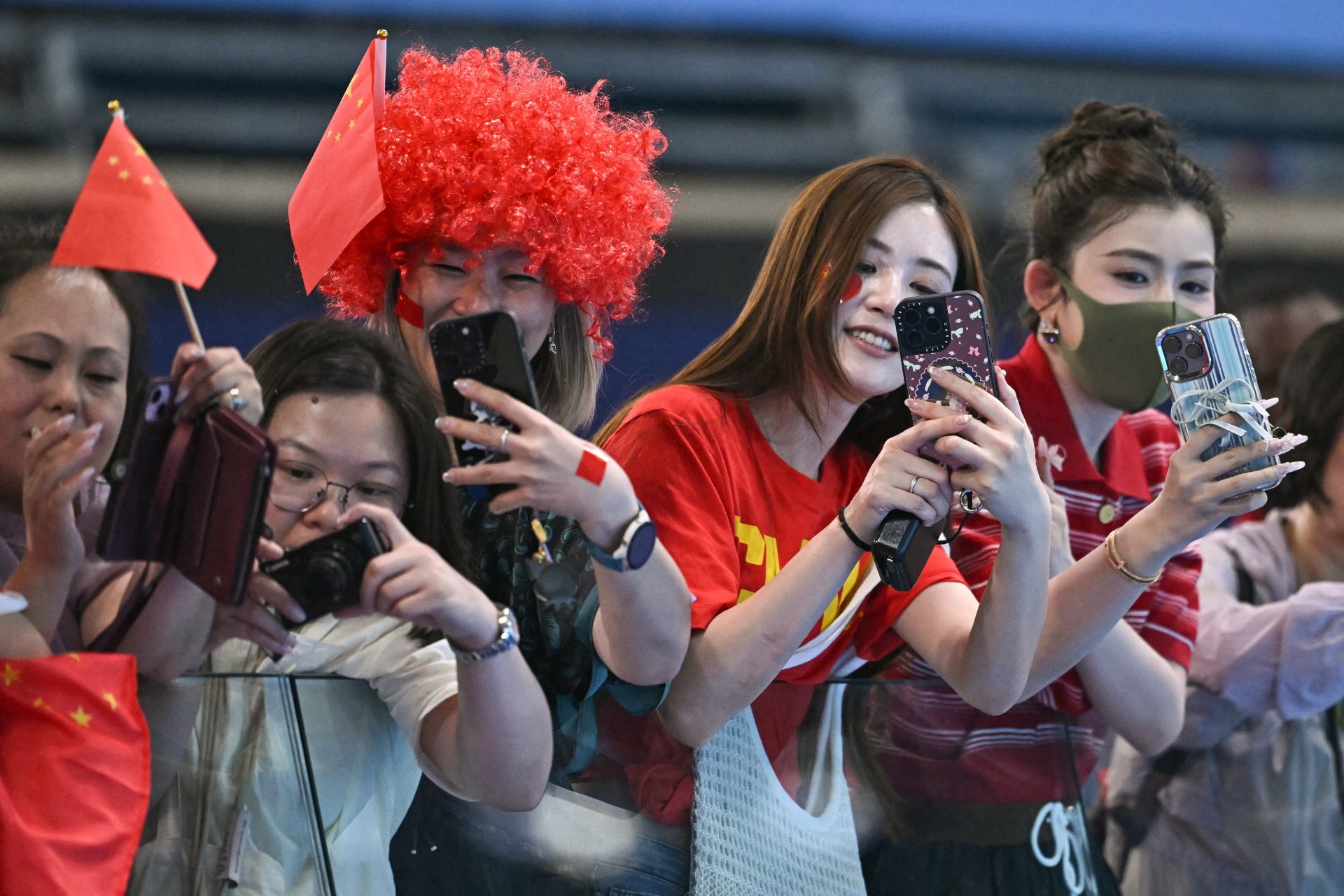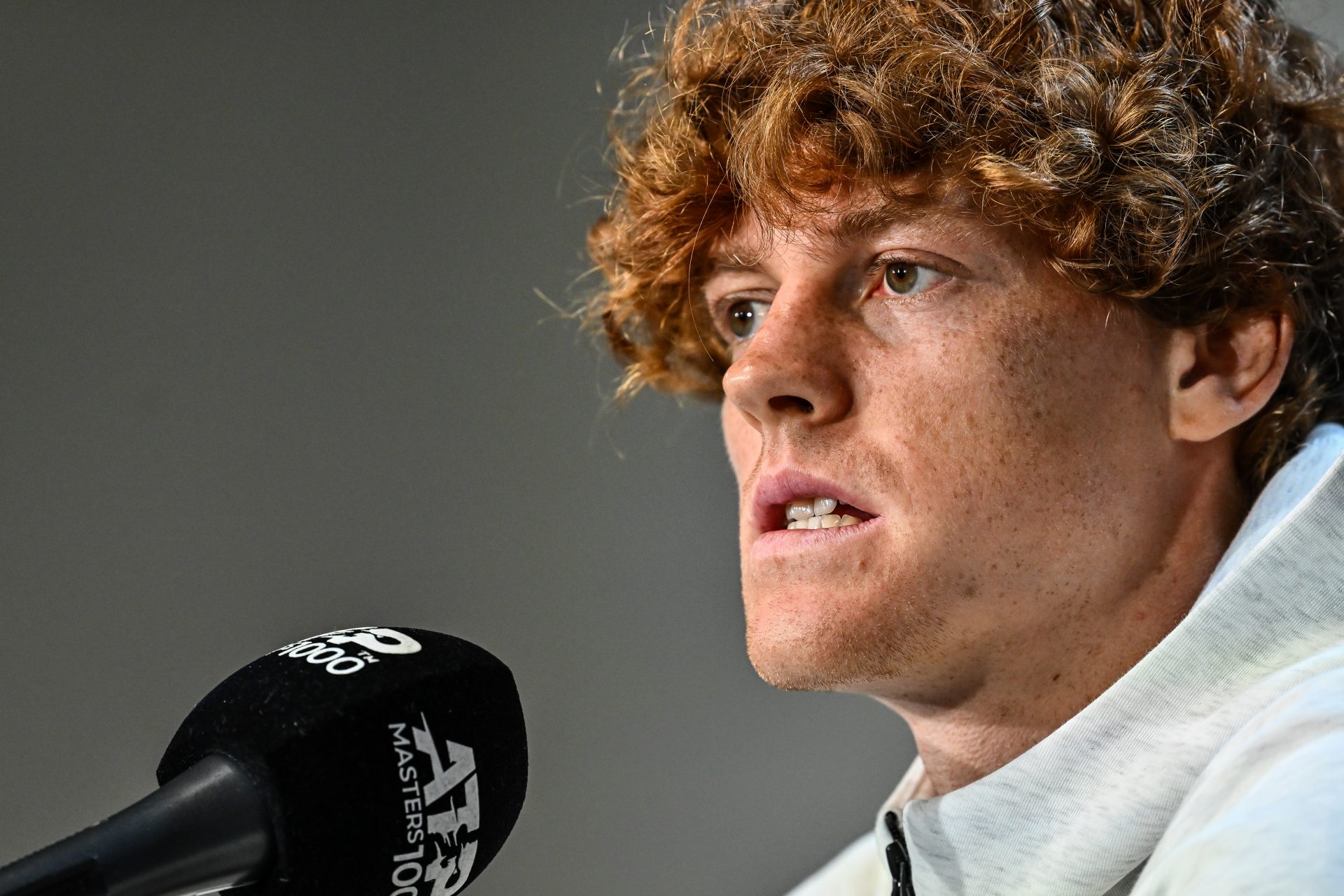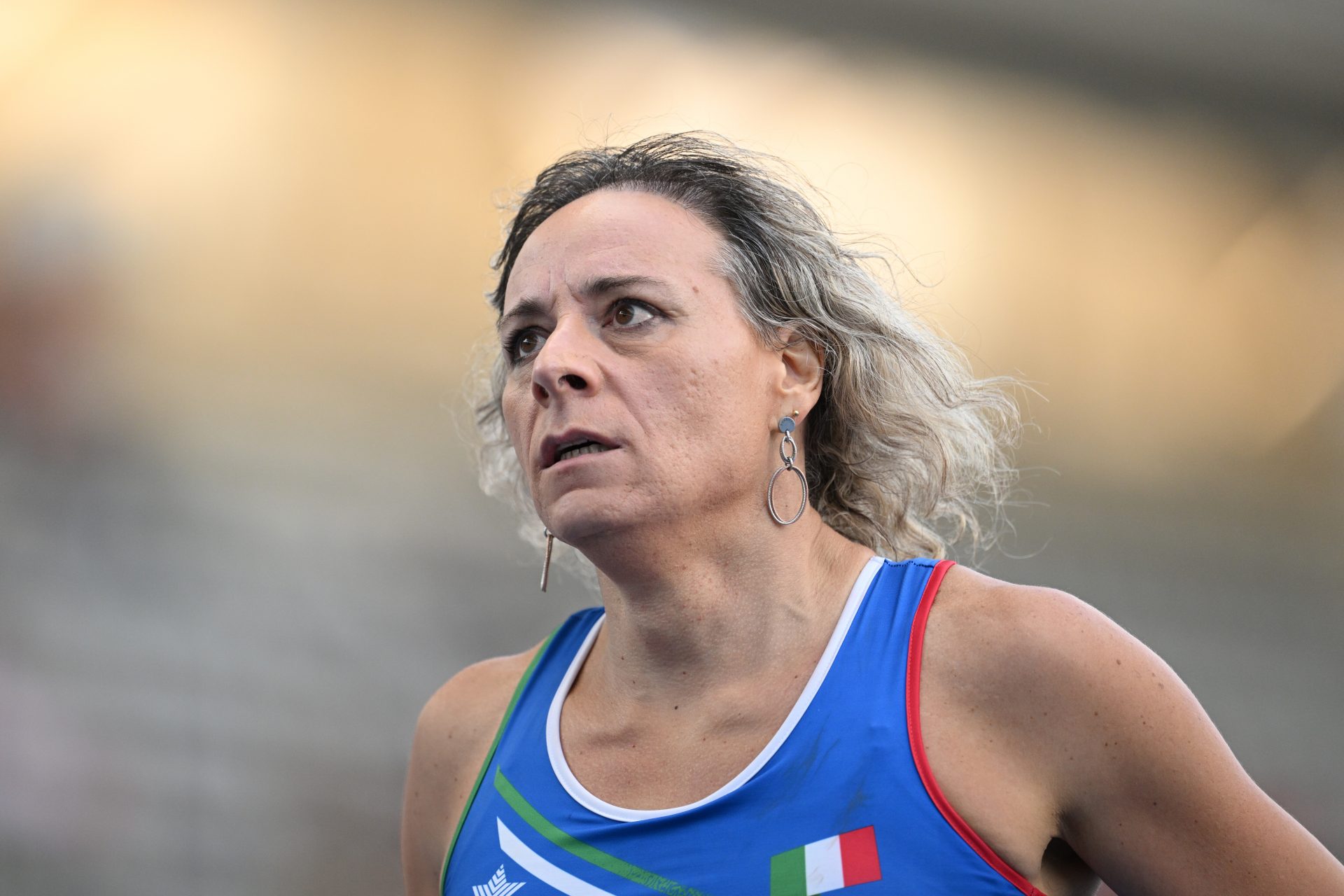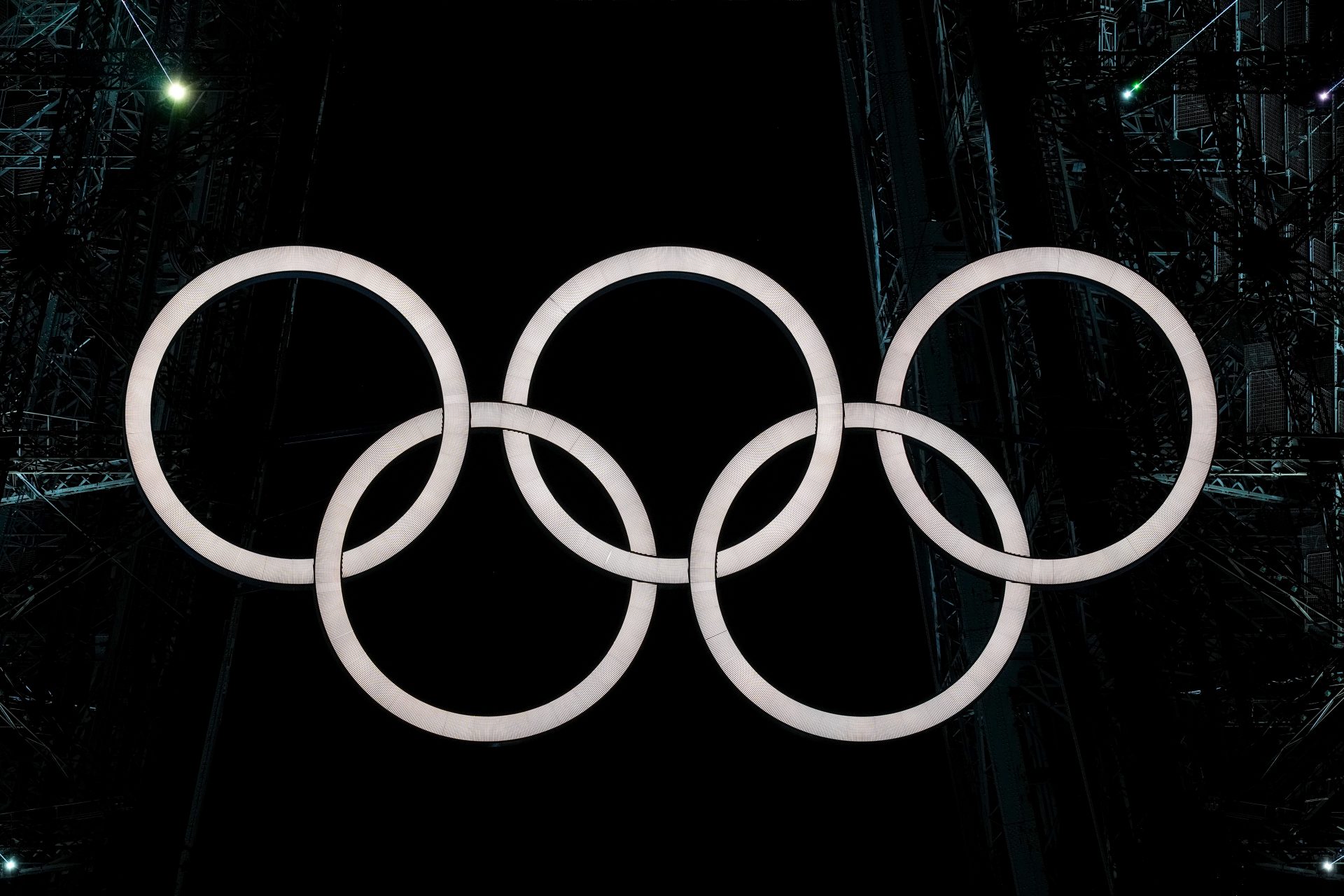The ridiculous rule that can get athletes banned from the 2024 Paralympics
With the 2024 Olympics in Paris wrapped up, attention quickly turns to the Paralympics in the French capital, which commences on the 29th of August.
While the Paralympic athletes put the finishing touches on their preparation for the Games, there's an astonishing rule the athletes need to learn about before competing in Paris.
It's become a regular occurrence that Olympians have the Olympic rings tattooed to remember their Olympic experience. However, Paralympians with the same tattoos will face disqualification if they aren't covered during their events.
Want to see more like this? Follow us here for daily sports news, profiles and analysis!
The rule is enforced by the International Paralympic Committee, a completely separate entity from the International Olympic Committee.
British swimmer Josef Craig, the 400m freestyle S7 gold medallist at the 2012 Olympics, learned about the regulations in brutal fashion in the lead-up to the Rio Olympics in 2016.
According to the Daily Mail, while competing at the International Paralympic Committee Swimming European Championships, Craig was disqualified despite winning his heat of the S8 100m freestyle final.
The Paralympic champion entered the pool with his Olympic rings and his Team GB Lions head tattoos visible on his chest. The IPC said: "Body advertising is not allowed in any way whatsoever and that includes the Olympic rings. The athlete did not wear a cover and was therefore disqualified."
With his body art covered up, Craig won bronze in the S8 100m freestyle in Rio, and despite the ridiculousness of the rule, it is expected to be enforced by the IPC at the upcoming Paralympic Games in Paris.
Want to see more like this? Follow us here for daily sports news, profiles and analysis!
Aussie freestyle king Kyle Chalmers was able to leap off the blocks with his Olympic rings on full display at the Paris Games earlier this month, and that's because the IOC and IPC have slightly different rules.
Tattoos, including those of the Olympic rings, are usually allowed to be on show at the Olympic Games unless they advertise a product. American middle-distance runner Nick Symmonds would have had to cover his tattoo at Rio 2016 had he not got injured.
According to the Nine website, Symmonds sold 23cm of his arm for $21,800 (€19,635, £16,738) to T-Mobile In the United States, a rival of AT&T, which at the time was a sponsor of USA's Olympic and Paralympic teams.
The Paralympics and the Olympics have two separate logos, and because the Olympic rings are a symbol of another organisation, it's considered an advertisement under the IPC's rules at IPC-governed events, therefore banning the rings at the Paralympics.
Want to see more like this? Follow us here for daily sports news, profiles and analysis!
More for you
Top Stories



